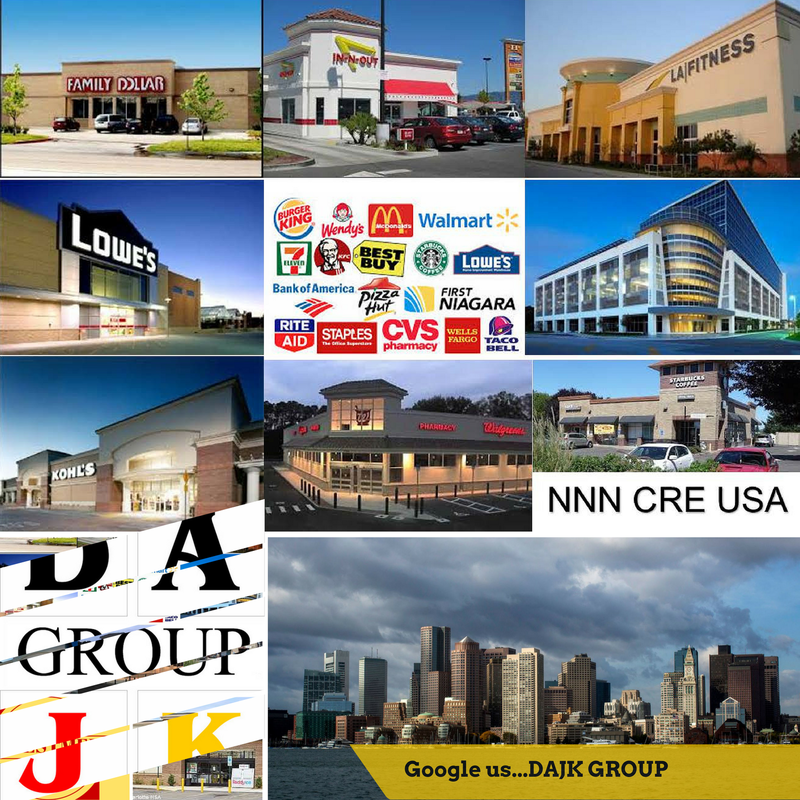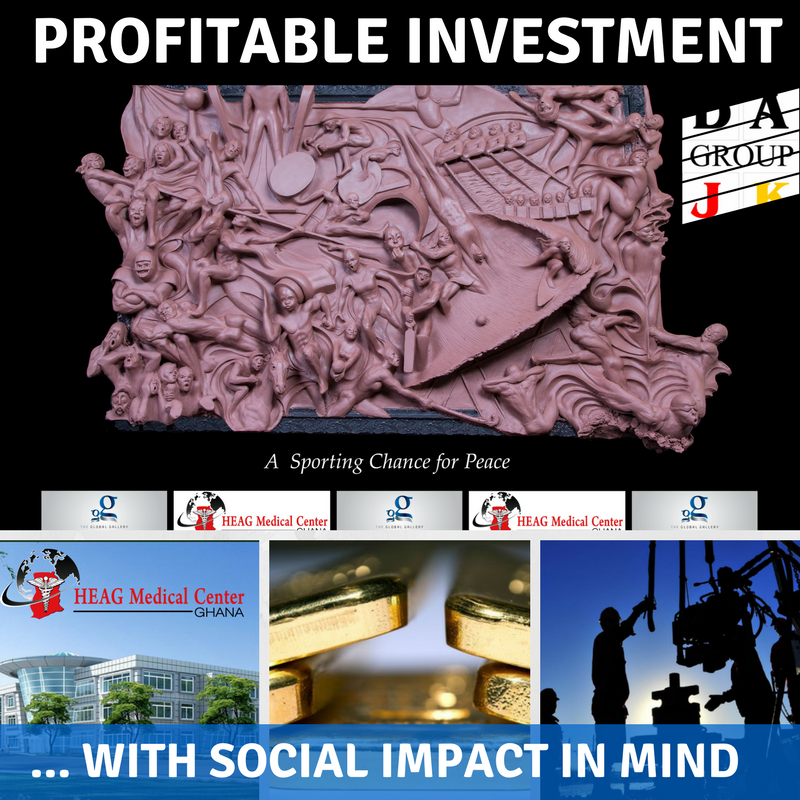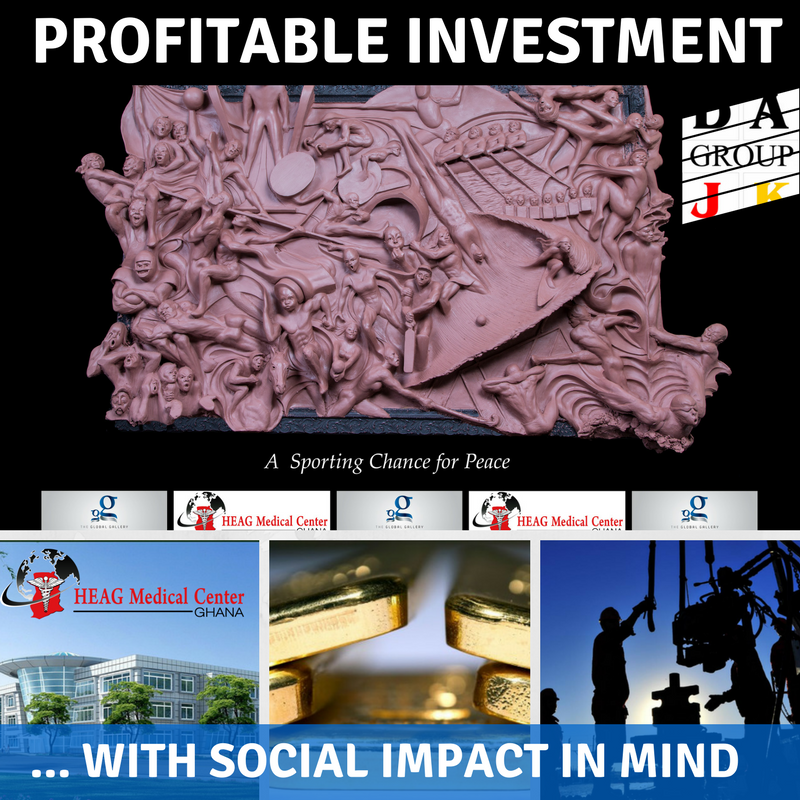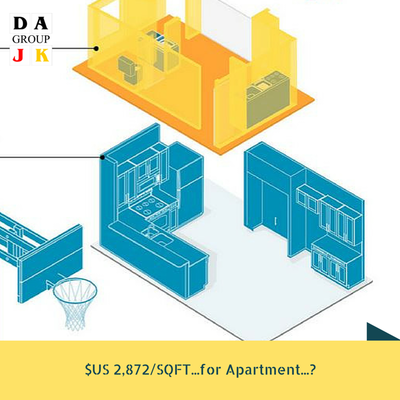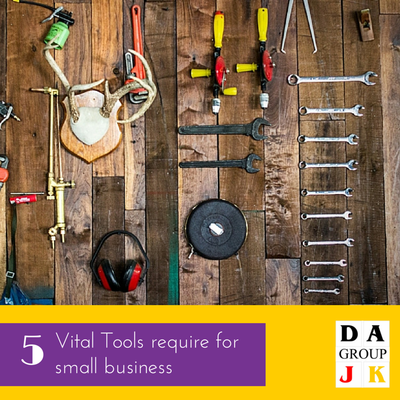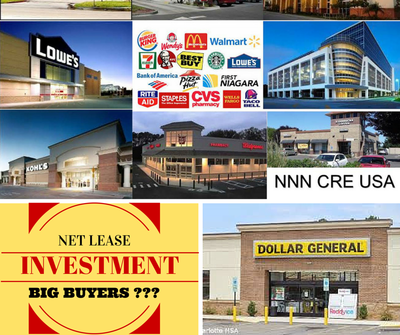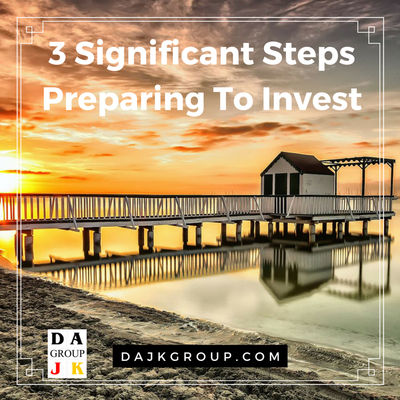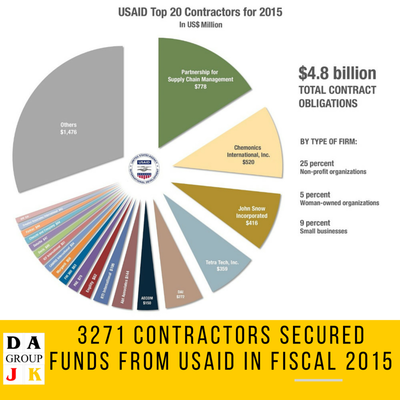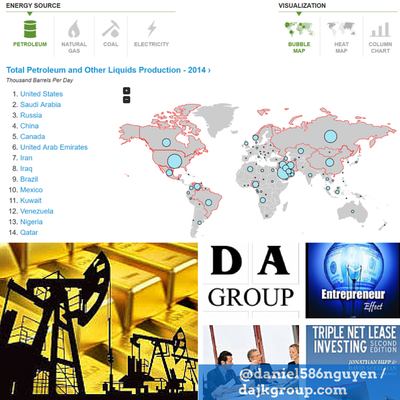|
Highlights
You Will Soon Be Able To Order Beer, Wine Delivered Along With Your Pizza Hut Pie Pizza Hut knows that hot pizza and cold beer is a great combination, so the chain wants to bring both items to your front door. Pizza Hut on Tuesday started testing beer delivery in Phoenix and intends to add wine in January. It hopes to expand alcohol delivery to other markets next year. The pizza chain, owned by Yum Brands, already offers beer and wine at many of its locations, so the delivery option was a natural extension, said Stacy Lynn Bourgeois, director of brand marketing for Pizza Hut. Phoenix was selected as the test market because it already had locations that served beer and wine and is in an area that consistently mimics customer behavior patterns seen nationwide, Bourgeois said. Customers will be able to order six-packs of Budweiser, Bud Light, Shocktop and a local craft beer. As the program expands, Pizza Hut will tailor its selections to each geographic area, Bourgeois said. The beer will arrive cold in a specially designed cooler, and drivers will check IDs to ensure the purchaser is over 21. The decision to add alcohol comes as Pizza Hut looks to distinguish itself from its competitors. The pizza chain has been a major drag on Yum Brands' earnings, so much so that some analysts have suggested that executives divest the brand. Strong delivery sales are key for Pizza Hut as competition in the pizza segment has stiffened and more restaurants outside the group begin to deliver. In addition, Pizza Hut has typically split its sales between delivery and in-store dining. Whether it's by the slice or a whole pie, here's a ranking of where pizza is most affordable. Time Annual Technomic data released in May showed that Pizza Hut's share of the pizza category declined from 25% in 1995 to just 14.3% in 2016. The gap between Pizza Hut's share and its closest competitor, Domino's, was less than 1%, with Domino's holding onto 13.6% of the sales in the market last year. Domino's has had 22-consecutive quarters of positive growth in the U.S. and has been taking share not only from national chains like Pizza Hut but also regional and independent locations. In April, Yum invested $130 million into Pizza Hut in an effort to upgrade equipment, improve technology and bolster its advertising. Pizza Hut has since launched a loyalty program, made plans to hire 14,000 delivery drivers by the end of this year and has revamped its pizza boxes to keep their product hotter for delivery. Source: USA Today PetSmart Opens 1,600th Store in North America, Establishes Presence in All 50 States PHOENIX — PetSmart has opened its 1,600th store in North America. The newest store opened Thanksgiving week in El Paso, Texas. In addition, the pet specialty retailer opened its Casper, Wyo., store in October, marking PetSmart’s presence now in all 50 U.S. states. The store in El Paso features nearly 18,000 square feet of space and includes a Pinnacle Pet Nutrition Shop, which is a new feature in all new PetSmart stores. The shops are about 550 square feet and offer 400-plus items across several brands, and an expanded collection of pet food. PetSmart, Inc. is specialty pet retailer. The company operates more than 1,500 pet stores in the United States, Canada and Puerto Rico, as well as more than 200 in-store PetSmart PetsHotel dog and cat boarding facilities. Source: REBusiness In-N-Out Burger Expanding To Colorado Where It Will Add As Many As 50 Restaurants Colorado is the next frontier for In-N-Out Burger. The Irvine-based burger institution, founded in 1948 in Baldwin Park, confirmed plans to build a beef-patty production facility and distribution center in Colorado Springs, which will serve up to 50 restaurants within 350 miles of the facility. “In-N-Out Burger is excited to be in the early planning stages of its expansion to the state of Colorado,” company spokesman Carl Arena told the Register in a statement early Thursday. “Colorado Springs is an ideal community for us to locate facilities to serve surrounding markets with fresh ingredients, including meat patties produced locally.” The expansion marks another major milestone for the chain. Its burgers are craved from coast-to-coast by loyal fans that range from Hollywood celebrities to corporate giants. Colorado represents the seventh state the chain has entered in 69 years. In-N-Out operates 328 restaurants in California, Utah, Arizona, Texas, Nevada and Oregon. To maintain quality standards, the company does not like to open restaurants too far from its distribution and beef production hubs. The first Colorado restaurants will likely take several months, if not more than a year, to materialize. “Because we are still in the early development phase, we don’t yet have a timeline for the construction of either our support facilities or future restaurants,” said Arena, who is traveling in Colorado. For years, In-N-Out has steadfastly remained a regional chain despite having a legion of cravers begging for expansion outside its core Western market. Arena, vice president of development, said the company is “extremely fortunate to have a number of loyal customers in Colorado and they have been encouraging us to open locations there for some time.” The first Colorado store will open in Victory Ridge, said Andrew Klein, principal at Westside Investment Partners. Klein said a Denver In-N-Out will open shortly after. “This is actually happening. We’re under contract to sell land to In-N-Out Burger,” said Klein. “I’ve had to keep my mouth shut for six weeks now; it was not easy.” When Harry and Esther Snyder opened the first In-N-Out burger stand, they served hand-pressed burgers in a clean, friendly environment. Those same high standards have not changed in 69 years. The company does not franchise and is owned by Lynsi Snyder, the granddaughter of the Snyders and the sole heiress to the burger empire. Snyder is the president of the company. Her estimated worth increased by hundreds of millions when she turned 35 earlier this year and received the remaining shares of her trust. She has been in full control of the company since 2010. In 2011, the company created huge buzz when it opened its first restaurants in Texas. To accommodate that expansion, the chain built a beef processing plant. Today, Texas is home to 36 restaurants with more in the works. In 2015, In-N-Out added locations in Oregon. Source: OC Register Dollar General Adding 900 New Stores In 2018
Someone forgot to tell Dollar General that physical retail is dead. Next year alone the company plans to build more new stores than Macy's, Sears and J.C. Penney combined shuttered in 2017. Neil Saunders, managing director of GlobalData Retail, said in comments emailed to Retail Dive that the company's Q3 numbers shows Dollar General "is finally back on track" after a (relatively) soft start to the year. And all those stores the retailer is building? They are likely a smart play for the discounter. "We believe that Dollar General will continue to benefit from convenient smaller shopping locations, making it faster to shop than larger format discounters," Moody's Vice President Mickey Chadha said in comments to Retail Dive, adding that "the combination of low prices, broad assortment and convenience" will help the retailer grow. "With well over 14,000 stores across the U.S., almost 75% of the population now lives within five miles of a Dollar General store," Saunders said. "This makes the company the closest and most convenient general merchant for millions, especially those living in rural areas." Analysts at Gordon Haskett note that the recent store build out gives Dollar General a high level of visibility, helping push its comparable store sales higher, while mature stores have seen their best comp numbers in four years. The analysts also note that "the core [Dollar General shopper] is feeling a touch more upbeat" of late, which is also helping to push sales forward. Along with the store changes and build out, the discounter has broadened its assortment and added brand-name products, helping Dollar General "to shift quality perceptions — especially among non-traditional shoppers" and also driving transaction values, Saunders said. Along similar lines, he noted that adding more fresh food to some of its stores "appears to be working well, improving both customer traffic and spending." "In our view, rolling fresh out across the bulk of the estate would give Dollar General more of a destination status —although executing this in some of the smaller stores may prove challenging," Saunders said. It all paints a picture of a retailer trying to beef up existing stores and make itself into a destination, while building new stores at a furious clip. "The frantic activity does come with costs attached," Saunders points out, but the strong sales numbers would seem to justify the discounter's ambitions. Source: Retail Dive Five Below Keeps Adding Stores As Sales Soar
Five Below is a super-charged retailer, capturing sales thanks to low prices, super-on trend merchandise and a treasure hunt atmosphere, all with very little e-commerce to speak of. That means customers are coming in for the fidget spinners but leaving with much more, executives have said. Even more salient is Five Below’s depth of analysis about trends, according to CEO Joel Anderson. "We've always been a trend right retailer," he told analysts last week, according to a transcript from Seeking Alpha. "That's what Five Below was built on." Trends, specifically three current trends, are helping to drive momentum, like fidget spinners and Silly Bandz, that Anderson called a "craze." The other two are licensed trends, like Disney’s Frozen or Star Wars, which last three or four years, and merchandise that remain popular, like blankets, but have trends within, like color or pattern. All forms of trends worked in the company’s favor in the third and second quarters, he said. Anderson, touting close relationships with vendors and a concerted effort on the part of merchandising teams to improve the company’s offering, expressed confidence that, despite a certain lack of data because the retailer at the moment has no loyalty program or credit card, the trends’ ability to bring in customers who buy more and return for more will continue. "We do a lot of surveys with our customer. And the surveys tell us that the spinner craze brought in a lot of new customers in the Five Below, and those customers have returned and shopped at Five Below," he said. "The reason we think they returned is they come back, they have a great in-store experience, the like the product, it’s trend right. We assume that they will continue to come with us and that halo effect will continue for many quarters to come." But the company may begin bumping against its own stellar performance and the costs of opening a new distribution center, warns Gordon Haskett analyst Chuck Grom. "Despite mounting evidence that Five Below’s brand momentum and augmenting buying power are translating into both strong traffic and amazing [stock performance]… we don’t want to get greedy," he said in an email to Retail Dive. The retailer's merchandising chops will deliver a strong fourth quarter, Anderson maintained. "I would tell you from second quarter to the third quarter and now leading into the fourth quarter, we continue to get better with the merchandise offering, our marketing efforts, and what our store operators are doing to make the experience better than ever," he told analysts. "And when you factor all that in, as you can tell by our results and our forecast for Q4, we think we’re going to have a great Q4." Source: Retail Dive
1 Comment
1. Banks Are Still Lending Not only are banks lending for U.S. commercial real estate projects, but that lending has surpassed pre-recession levels, according to an August study conducted by the Federal Reserve Bank of Richmond. Analysts attributed this boost in commercial lending activity to three key factors — low interest rates, foreign investors’ robust appetite for U.S. property and strong renter demand that has led to an apartment building boom. The Fed finds that bank CRE exposure today is far less risky than it was in 2007. Traditional lenders have become more strategic in how they lend to commercial real estate players, making sure not to allocate too much of their credit to any one developer, sector or geographic area. “They have tightened their standards somewhat, but they still have plenty of capital to lend and can be very competitive for certain types of loans,” Cushman & Wakefield Vice Chairman and President of Equity, Debt & Structured Finance Steve Kohn said. Kohn is speaking on a panel at NAIOP’s Office Evolution 2017 event Nov. 9. The gradual increase of short-term interest rates has not tempered overall lending activity. CBRE’s Lending Momentum Index jumped 16.9% year-over-year in Q3, though it fell 4.7% quarter-to-quarter. 2. CMBS Issuance Skyrockets CMBS issuances took the cake in Q3. New CMBS loans amounted to $66.6B for the year as of the end of Q3, up significantly from the $49.9B issued during the same time period last year, CBRE reports. There has been a whirlwind of activity in the CMBS market this year as lenders settle in to risk retention rules that took effect last year. The market was in an uproar in 2016 as strict lending regulations forced lenders to keep more money on the books when underwriting loans. Fear that this tightening would deter banks from issuing loans was rampant in 2016, but that uncertainty has lessened significantly since the beginning of the year. In August lenders issued 335 loans totaling $10.65B, a huge spike compared to zero loans issued in January, further signaling a dramatic shift in lender mentality. 3. The Rise Of Alternative Lenders Alternative lenders are no longer the black sheep of the debt financing market. These nonbank lenders are stepping in and filling a void left by big banks by offering bridge and mezzanine loans for assets in the interim while borrowers seek more permanent financing. "They became a major player in the capital markets several years ago,” Kohn said. “They compete favorably on high [loan-to-value] loans of all types, mezzanine loans, construction loans and heavy transitional loans, where banks and insurance companies are much more conservative.” The country’s top five nonbank lenders — Blackstone Group, Mesa West Capital, Starwood Capital Group, TPG Capital and Mack Real Estate Credit Strategies — together funded $20B in bridge loans in 2016, according to Trepp data. Some of the country’s top developers are expanding their businesses to include debt to fund their peers’ projects. Developers like White House adviser Jared Kushner’s family business, Kushner Cos., Moinain Group, Related Cos. and SL Green Realty have shifted to the debt side of the business as good deals on the development side grow harder to find. 4. Two Buckets Of Capital Traditional bank lenders and alternative lenders are becoming increasingly competitive. JCR Capital Managing Principal Jay Rollins said there are two primary buckets of capital in the commercial lending game today — price leaders (balance sheet lenders) and proceeds leaders. Price leaders consist of life companies, insurance companies and traditional lenders in the space. Proceeds leaders are where the debt funds and alternative lenders hang out, Rollins said. With price leaders, borrowers are getting a lower rate, but only about a 60% loan-to-value ratio, which means they have to put in more out-of-pocket capital. Debt funds cannot compete with traditional lenders on rates, but can compete with a higher LTV ratio, often 80%. “It’s really become a fine line between those two things,” he said. “The market is becoming divided. Debt funds and balance sheet lenders are trying to find their niche.” Source: Forbes |
AuthorDAJK GROUP is the place where investors, business owners and entrepreneurs can research and find useful information, insight, resources, advice, guidance and inspiration for acquiring funds for their project, acquisition for their net lease commercial real estate, increasing their assets and running their profitable business. Archives
July 2023
Categories |
Services |
Company |
|

